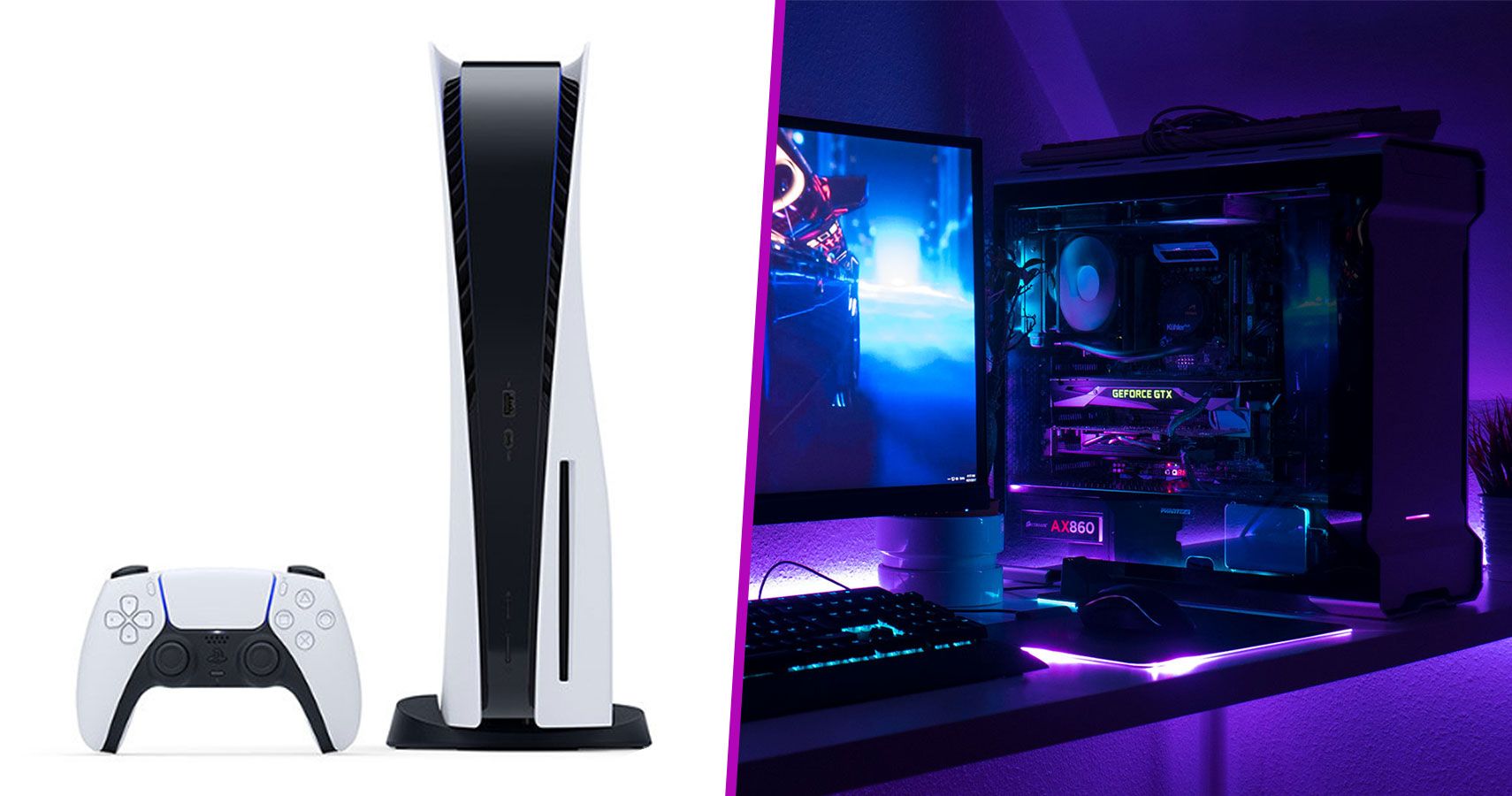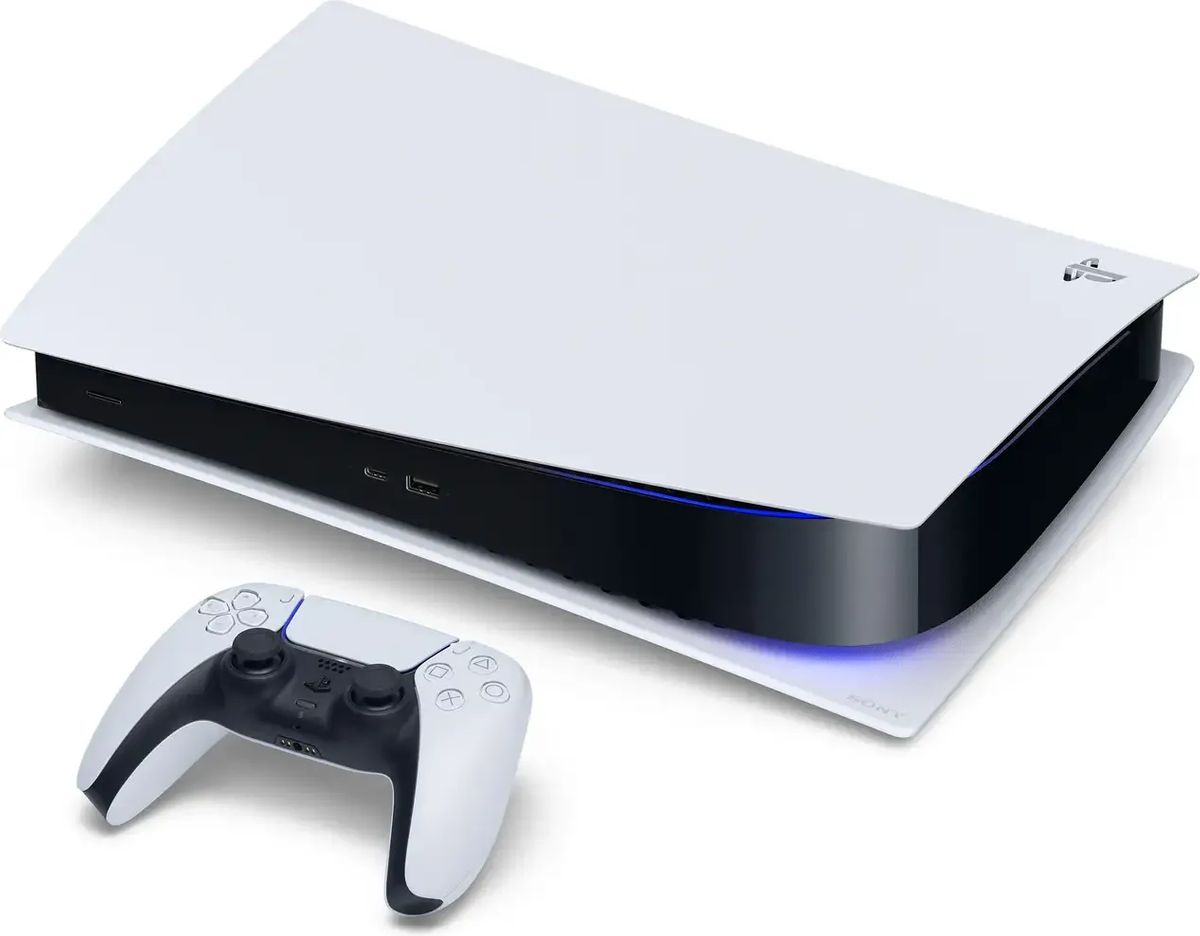Introduction
With the release of the next-generation PlayStation 5 finally here, many gamers are likely weighing their options between investing in a full-fledged gaming PC or opting for the more affordable Sony console. While PCs offer greater flexibility and upgradeability down the line, PlayStation delivers powerful hardware straight out of the box for a more reasonable price tag. Let’s dive deeper into evaluating these two platforms from both performance and financial perspectives.

Evaluating Entry-Level Gaming PC Options
Entry-level gaming computers often represent one of the more affordable ways to get into PC gaming. Popular retailers like Best Buy, Newegg and Amazon frequently stock starter configurations from brands like HP, Dell and Lenovo priced around $600. These systems typically feature mid-range components like Intel Core i5 processors, 8GB of RAM and entry-level NVIDIA or AMD graphics cards. While capable of running many modern titles at lower settings, modes
Boosting Performance on a Budget PC Through Upgrades
Fortunately, one advantage budget gaming PCs hold over consoles is their potential for upgrades over time. A common recommendation involves boosting the included RAM to 16GB, a relatively inexpensive upgrade that provides more headroom for modern games. Users can also install additional memory themselves using simple plug-and-play modules. Looking further down the road, upgrading the graphics card presents one of the most impactful ways to enhance visuals and framerates. By periodically saving up $200-300 every year or two, gamers can consistently improve their PC’s capabilities on a budget.
PlayStation 5 Delivers Premium Hardware at an Unmatched Price
Where budget gaming PCs may fall short initially is their inability to match the PlayStation 5’s out-of-the-box performance. The console’s custom AMD CPU and GPU represent cutting-edge silicon, with the graphics processor alone likely costing well over $500 if purchased separately for a PC. As a result, Sony is able to offer console gamers access to hardware on par with $1000+ rigs, but for nearly half the price. This tremendous value allows PS5 owners to enjoy high-fidelity, high-framerate experiences in all the latest blockbuster titles without the large upfront financial commitment of a high-end gaming PC.
Variability in PC Hardware and Pricing
One major disadvantage PC gaming faces compared to standardized consoles stems from component vendors and system builders each offering such a wide assortment of competing options. While choice empowers upgradability, it also brings greater variability in terms of product specifications, component compatibility and pricing across models - even between seemingly similar pre-built systems. Conversely, with PlayStation, consumers know precisely what kind of performance to expect across every unit. This consistency helps justify Sony’s ability to negotiate lower costs through massive manufacturing scales.
Boosting the Budget: Additonal Storage and RAM Upgrades
For gamers working with an initial $600-800 budget, a few practical upgrades can help extended the useful lifespan of an entry-level gaming PC. Adding a 1TB SSD for modern game install sizes at around $100 provides a huge convenience boost over slower hard drives. Doubling the included RAM to 16GB for another $60-80 also ensures new titles will run smoothly for years to come. The PlayStation 5 delivers comparable 1TB SSD storage out of the box, but PC owners benefit from user-serviceable components that empower continual refreshes overtime within a constrained spending threshold.
Long-Term Ownership Costs: Games, Upgrades and Online Services
When assessing total cost of ownership beyond just the initial hardware investment, factoring in recurring software and service expenses also favors consoles long-term for their all-in-one value. PlayStation 5 gamers pay a single $70 annual fee for online multiplayer and a curated selection of new games every month through PS Plus Collection. Comparatively, competitive PC games often charge $10-15 per title, Windows licenses cost $100-200, and components require periodic $300-500 boosts to remain viable. Over 5-7 years of play, these accessory costs can balloon a budget PC’s overall expenditure considerably higher than an PlayStation.
Conclusion: Value and Flexibility
In conclusion, both budget gaming PCs and the PlayStation 5 provide quality entry-level options for those looking to join the latest generation of hardware. While starter computers offer long-term upgradability and flexibility absent on consoles, Sony’s platform delivers unrivaled performance for the money right out of the box. Factor in ongoing software subscriptions and inevitable hardware refreshes, and the PlayStation emerges as the more cost-effective mainstream choice. Nevertheless, motivated PC owners can strategically enhance value through low-cost memory and storage boosts initially before considering pricier graphics card refreshes down the line to keep their rig competitive on a budget.
 Should You Try to Get a PlayStation 5?
Should You Try to Get a PlayStation 5?